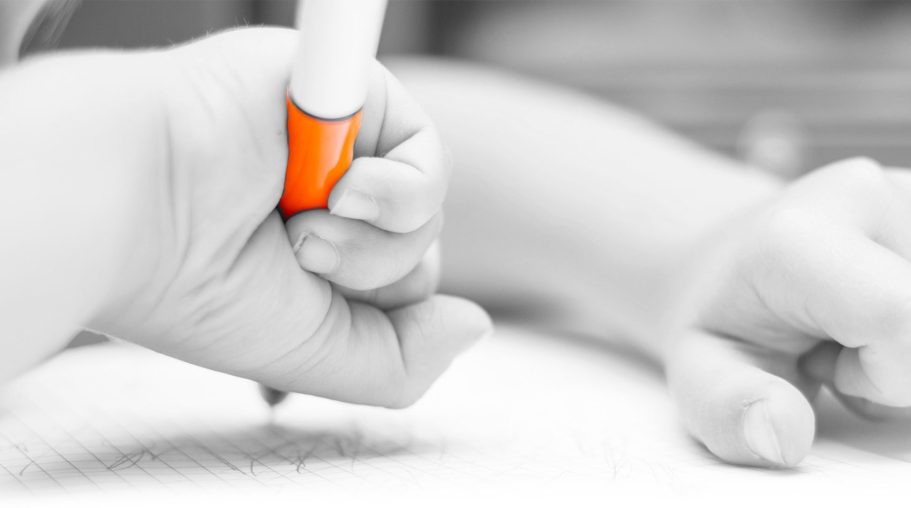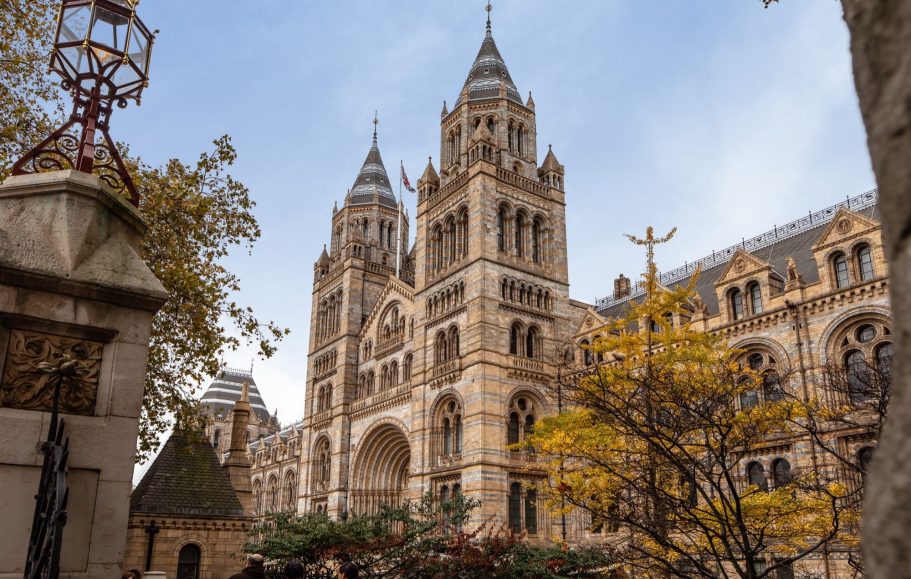About the author
Roy Toms


Ksenia Vorosina/shutterstock
I make no claim to have been born with a pen clutched in my tiny fist, but certainly a large part of my life has been spent designing things. From the natural creativity of most youngsters, I went on to models, buildings, building components, exhibitions, publicity and more than a few hifi speakers along the way; not design in just the visual sense of style and fashion, but in its most basic sense of how things are put together to do a particular job.
Over the years, I found that, regardless of what was being designed, the actual process of design was very much the same in every case. Starting by defining what was wanted (quite important!), one went on to collect information about various aspects of it, did lots of drawings and maybe models of possible solutions, looked at how the thing was to be made, how long it should last and so on. Some people have thought a lot about this process and worked out a basic design process that pulls these various tasks together (see WHAT'S THE IDEA?).
I saw what it was that characterised a designed object, as opposed to one that had not been designed. The human race has been designing for thousands of years – one of the things that distinguishes us from other animals in general – and as a result we instinctively recognise what has been designed and what hasn’t, we sort the watch from the pebble, the brick wall from the rock face. We recognise the thought process behind the design.
All of which may interest you or may not.
But where it does become interesting and important is when you are told, with heavy authority, that something which shows every sign of being designed has not in fact been designed at all, but has originated from some other random process which has nothing whatever in common with design.
Why is this important?
What is the reason for this repudiation of design?
It is the fact that these apparent examples of design are part of the living, breathing world of nature by which we are surrounded and of which we are a part. To admit that this world has been ‘designed’ is to open the door to a very different view of life, a view that has been rejected by most of the scientific world and most of western society. We live, we are repeatedly told, in a totally material universe which has no need for a supreme creative intelligence, no need for a ‘God’ of any sort. So anything in it that looks as if it has been designed, actually hasn’t. The great originator is not a Designer, but an unguided process called evolution working through the magic of 'natural selection'.
What may look like a miracle of design is in fact nothing of the sort.
There is nothing new about the ‘Design Argument’ which I use in these pages. The book of Job (around 2000 BC) uses it, the apostle Paul used it in the first century, Sir Isaac Newton used it. Darwin himself highlights the case of the human eye as a possible objection to his theory. William Paley’s ‘watchmaker’ argument is well known (see GALLERY: The accidental gearwheel). Today the Intelligent Design movement and various Creationist organisations have picked up the batten.
What is new is our ever-expanding knowledge of the processes of life.
The average schoolboy today knows more about the science of life than Darwin ever did. The attempt to update Darwin’s ideas is now called ‘neo-Darwinism', but with the advance of science the problems become more acute, leading to several different and competing variations of his theory. The evidence for a Designer is more powerful than ever, but is routinely ignored by those blinded by their commitment to materialism and atheism. The popular media and their celebrity scientists just regurgitate often discredited assumptions, as if there is nothing to discuss.
grant richie/ Unsplash

NATURAL HISTORY MUSEUM


I think it is obvious by now that I am not a scientist! But I do have a tenuous connection to Charles Darwin. Late in my career as an architect I found myself in a team working on part of what is now known as the ‘Darwin Centre’ at the Natural History Museum in South Kensington, London.
The new building was designed to replace an earlier one known as the ‘Spirit Building’, not a reference to the supernatural but to the buildings contents, a huge collection of zoological specimens preserved in alcohol (the ‘spirit’). This is one of the most extensive and important collections of its type in the world. There are a total of around 22 million glass jars and tanks of every shape and size, arranged on something like 27 Km of shelving. Some of the samples are now quite old, including some of the original specimens brought back by Captain Cooke and later Charles Darwin from his famous 5 year voyage on HMS Beagle. This whole vast collection of soft-bodied animals is still known as the 'Spirit Collection'. The new building had to provide the right conditions for storing and protecting the collection, and also a range of laboratories for the many scientists who work in the museum. I can vouch for the hours of design work devoted to the building by a large team of architects and engineers of every sort, who thought about every detail – no chance mutations here!
The documentation, as for most buildings of any size and complexity, included a Specification – a weighty written document describing and setting standards for every aspect of the building’s construction. This document in turn refers to many others, European Standards and Codes of Practice which describe permissible tolerances and accepted good practice – a whole library of information. In a real sense this document is the building’s ‘DNA’, a reference handbook that prescribes the physical construction of the building and how it functions in every detail.
This building and its contents, despite its name, far from being a monument to Charles Darwin, is an extraordinary witness to the Grand Designer, the author of the endless diversity, complexity and beauty of the natural world. If you take at random just one specimen jar from that enormous ‘Spirit’ Collection, you will find a library of information far bigger than any building specification, you will find coding as sophisticated as anything man has dreamt of, you will find chemistry of unimaginable complexity that we are only just beginning to unravel.
This is not chance.
This is 22 million of William Paley’s pocket-watches crying ‘Design!’ at us, if we have our eyes and ears and minds open to receive it. This is the work of the great Architect who designed and made us for a purpose, who shared with us something of His own intelligence and creativity. He gave us the power of speech and conscious thought so that we could communicate with Him and He with us. But He also gave us freedom, the freewill to choose our own way and to ignore His.
Let nobody tell you you do not have a choice,
because you do.
We do not use cookies on this website. We do not collect any of your personal details, and our list of subscribers is not shared with any third party.
Intelligence and purpose in the natural world
We need your consent to load the translations
We use a third-party service to translate the website content that may collect data about your activity. Please review the details in the privacy policy and accept the service to view the translations.
